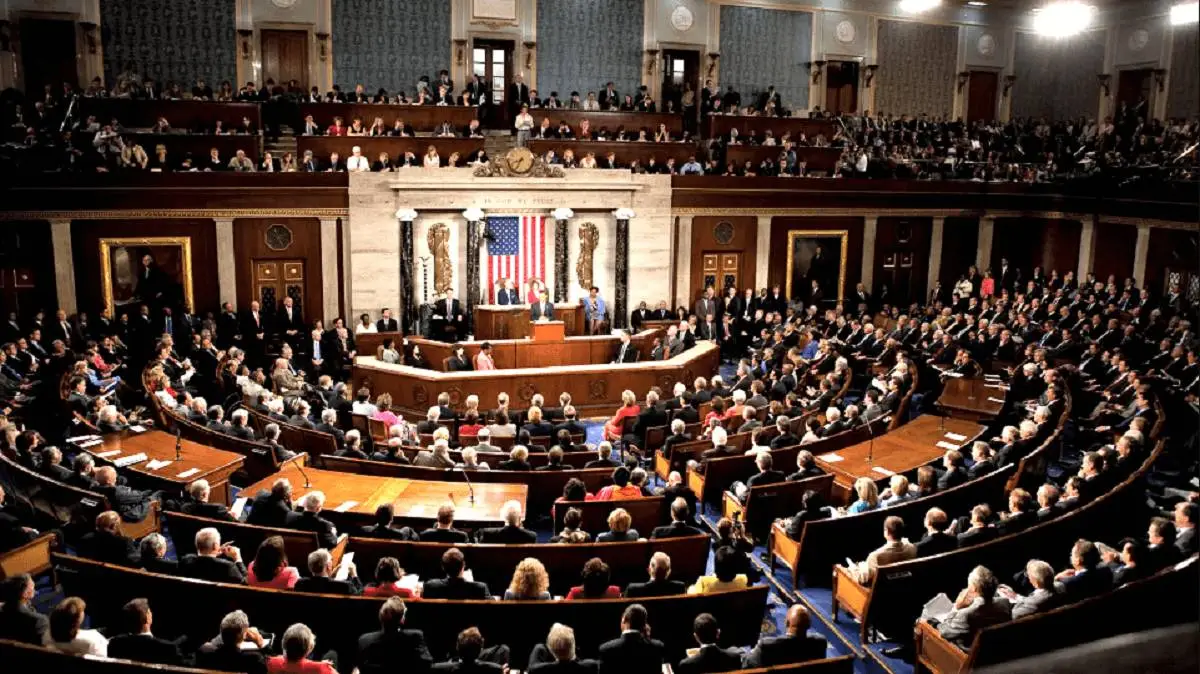The US anti-money laundering (AML) legal framework has evolved significantly since the early 1970s, responding to increasingly complex financial crimes. Key milestones include the Bank Secrecy Act of 1970, the Money Laundering Control Act of 1986, the Patriot Act of 2001, and most recently the Anti-Money Laundering Act of 2020. These laws expanded the obligations on financial institutions to report large cash transactions, disclose suspicious activities, verify beneficial ownership, and enhance law enforcement powers to investigate and prevent money laundering and terrorist financing.
Early Foundations: Bank Secrecy Act (1970)
The cornerstone of US AML regulation is the Bank Secrecy Act (BSA), passed in 1970 to establish record-keeping and reporting requirements for banks and other financial institutions. This law, also called the Currency and Foreign Transactions Reporting Act, was designed to combat illicit use of secret foreign bank accounts. It mandated institutions to report currency transactions over $10,000 and maintain transaction records to assist law enforcement investigations. Despite constitutional challenges, the Supreme Court upheld its provisions by 1974, confirming the government’s authority to require such disclosures as a means to prevent financial crimes.
Criminalization and Expanded Coverage: 1980s to 1990s
The Money Laundering Control Act of 1986 formally made money laundering a federal crime in the US, penalizing laundering itself and structuring transactions to avoid reporting requirements. In the wake of the war on drugs, subsequent laws like the Anti-Drug Abuse Act of 1988 broadened the definition of financial institutions and imposed customer identification and reporting mandates, including for real estate and car dealers. The 1992 Annunzio-Wylie Anti-Money Laundering Act strengthened penalties and introduced Suspicious Activity Reports (SARs) to improve detection of suspicious transactions. The Money Laundering Suppression Act of 1994 pushed for enhanced training and regulatory oversight of financial institutions and required registration of Money Services Businesses, further tightening controls.
Post-9/11 Expansion: USA PATRIOT Act (2001)
The terrorist attacks on September 11, 2001, accelerated AML legislation with the USA PATRIOT Act, which significantly expanded the BSA framework. The Act mandated comprehensive AML programs within financial institutions, including risk assessments, due diligence on customers, and real-time reporting mechanisms. It also empowered law enforcement agencies with greater access to financial records and improved domestic and international information-sharing protocols. The responsibility broadened to cover non-traditional financial sectors such as casinos and wire transfer services.
Modernization Efforts: Anti-Money Laundering Act of 2020 and Recent Developments
The Anti-Money Laundering Act (AMLA) of 2020 marks the most extensive overhaul of US AML laws since 2001. It was enacted as part of the National Defense Authorization Act and commanded bipartisan support. AMLA introduced a federally mandated beneficial ownership registry to unmask the true owners of companies, closing loopholes exploited by shell companies for laundering illicit funds. It extended AML compliance requirements to new sectors such as cryptocurrency exchanges, arts and antiquities dealers, and non-financial industries. AMLA also enhanced whistleblower protections and increased penalties for AML violations. Implementation has been closely followed by the Treasury Department’s Financial Crimes Enforcement Network (FinCEN), which oversees AML legislation enforcement and issues guidance to financial institutions.
Challenges and Criticism
Despite ongoing enhancements, US AML regulations have faced criticism for implementation delays, inconsistent enforcement, and regulatory complexity that can burden compliance teams. The Financial Action Task Force (FATF) has highlighted gaps such as the delay in establishing beneficial ownership registries. Political debates have also occurred over the balance between transparency and privacy rights, with executive actions at times weakening regulatory reach. Recent legislative debates focus on increasing scrutiny on virtual assets and improving coordination between governmental and financial sectors.
Summary Table of Major US AML Laws
| Year | Law Name | Key Provisions |
|---|---|---|
| 1970 | Bank Secrecy Act (BSA) | Reporting large cash transactions, record keeping, reporting requirements for financial institutions |
| 1986 | Money Laundering Control Act | Criminalized money laundering, prohibited structuring transactions to evade reports |
| 1988 | Anti-Drug Abuse Act | Expanded financial institutions definition, required identity verification |
| 1992 | Annunzio-Wylie AML Act | Increased penalties, introduced Suspicious Activity Reports (SARs), BSA Advisory Group |
| 1994 | Money Laundering Suppression Act | Enhanced training, AML exam procedures, required MSB registration |
| 2001 | USA PATRIOT Act | Expanded AML programs, customer due diligence, information sharing, terrorism financing controls |
| 2020 | Anti-Money Laundering Act (AMLA) | Beneficial ownership registry, cryptocurrency sector regulation, whistleblower protections |
The evolution of US AML laws reflects a continuous effort to adapt to financial crime’s changing methods. From initial record-keeping decades ago to today’s comprehensive regime addressing new technologies and anonymous corporate structures, the US legal framework demonstrates increasing sophistication to safeguard the integrity of its financial system.


